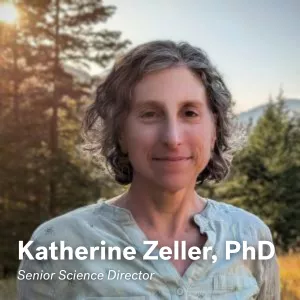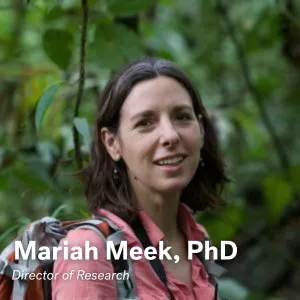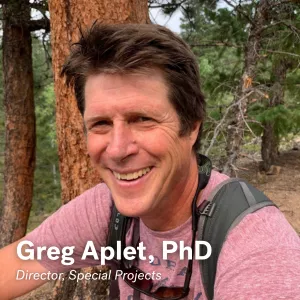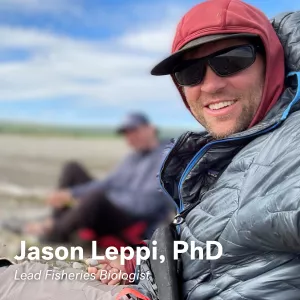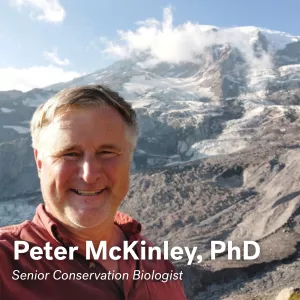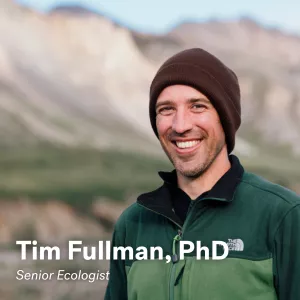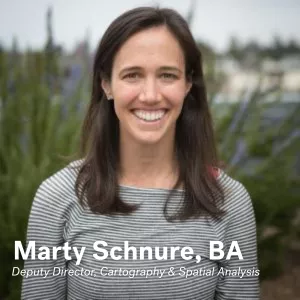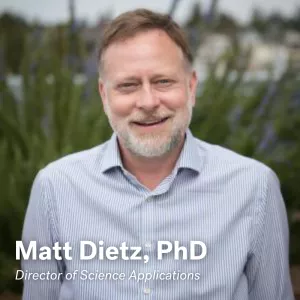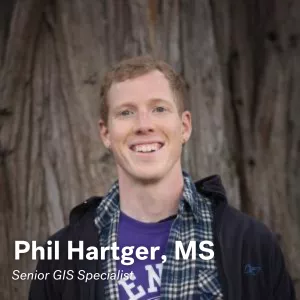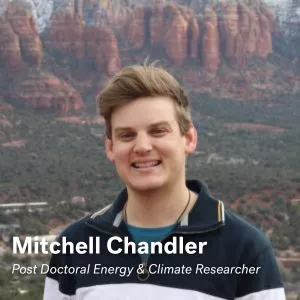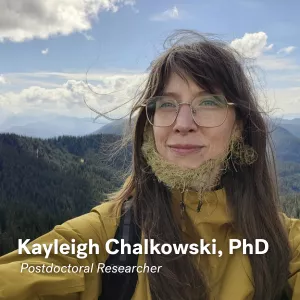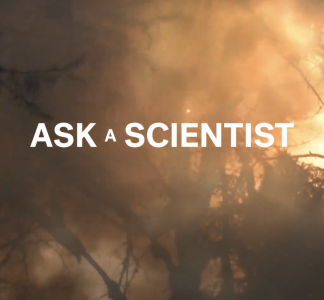Science
- Home
- Science
Jason C. Leppi
Using science to inform and solve conservation challenges
Science is at the heart of The Wilderness Society’s work helping to protect wildlands and shape decisions about public-land policy for future generations. From Aldo Leopold to Olaus Murie to Jerry Franklin to Indy Burke, science has always been and always will be one of the most important driving forces in our conservation campaigns.
Our ecologists and cartographers—based in Alaska, Colorado, Montana, California, Washington and Maine—are experts in forest ecology, wildland fire science, conservation biology, climate change analysis, cartography, animal behavior, freshwater ecology, wildlife migration and more. We collaborate with partners at universities, land-management agencies and other conservation groups on local and national research projects across the U.S.
The science team supports the organization’s mission by conducting innovative research, sharing existing science, advising on management and policy, and collaborating with other scientists, local communities and land managers to solve conservation challenges.
Science we are conducting

Jason C. Leppi
Wilderness science
Assessing ecological integrity, landscape intactness and biodiversity on global and local scales in order to identify important wild places.

Travis R. Belote
Forest ecosystems and management
Mapping old-growth forests nationwide, studying the effects of forest management on biodiversity and developing strategies for conserving forests in the face of climate change and wildfires.

Tim Fullman
Landscape connectivity and animal migratory movements
Identifying connectivity and wildlife movement patterns to aid in conserving wildlife corridors, ecological connectivity and biodiversity hotspots.

Jason C. Leppi
Freshwater ecosystems and fish
Studying the ecology and genetics of freshwater fish species and critical areas in rivers and other aquatic ecosystems needed to sustain wild fish populations.

Simon Rucker
U.S. public land conservation and planning
Using science to map an aspirational vision and guide policy to conserve a protected and connected network of public lands.

National Geographic, Marty Schnure, Travis R. Belote
Conservation science communication and cartographic visualizations
Creating impactful maps and conducting spatial analyses that inform public land policy, highlight critical wild ecosystems, and connect people with landscapes and conservation issues.
Through this work, the team strives to create lasting solutions that help preserve public lands for generations to come.
Meet our team
Media inquiries
Reach out to newsmedia@tws.org for media inquiries about our science and mapping work.
Our scientists at work:








Tim Fullman
Greg Aplet
Mike Lunde
Simon Rucker
Andrew Larson
Greg Aplet
Jason C. Leppi
Will Wetzel
Photo descriptions here:
Photo 1: TWS Senior Ecologist Tim Fullman participates in the remote, multi-day IMAGO meetings organized by The Wilderness Society in the Arctic National Wildlife Refuge, Alaska, where NGOs, tribal representatives, and community members discuss Indigenous approaches to Arctic conservation.
Photo 2: TWS ecologists visit the Fraser Experimental Forest in Colorado in the aftermath of a major mountain pine beetle epidemic in Lodgepole Pine. Forest Service research scientists Chuck Rhoades and Rob Hubbard led the tour of their research plots, where they found bark beetles cause less severe impacts to soil and water quality than logging or fire does.
Photo 3: TWS Lead Fisheries Biologist Jason Leppi collects Broad Whitefish (Coregonus nasus) tissue samples and otoliths (inner ear bones) as part of a research to understand Broad Whitefish movement, diet, and habitat use in the Colville River Alaska to inform freshwater fish conservation and NPR-A planning.
Photo 4: TWS Senior Conservation Biologist Pete McKinley leads a bird walk in Maine in support of the Maine Association of New Americans outdoor education kid program.
Photo 5: TWS Deputy Vice President of Science Travis R. Belote and Director of Science Application Matt Dietz collect forest measurements in a recent burn site within the Bob Marshall Wilderness, Montana as part of a collaboration with University of Montana to study wildfire impacts in wilderness.
Photo 6: Former TWS Landscape Ecologist Kevin Barnett collects a core sample from an old growth ponderosa pine tree in the North Umpqua, Oregon as part of TWS’s national assessment of old growth and mature forests on national forests.
Photo 7: Former TWS Landscape Ecologist Kevin Barnett collects a water sample for isotope analysis from the Colville River, Alaska as part of multi-day Arctic river expedition to help identify critical whitefish reproduction habitat.
Photo 8: TWS Research Director Mariah Meek collecting data on Brook Trout (Salvelinus fontinalis) climate adaptation in the Adirondacks, NY. Photo credit: Will Wetzel.
 1801 Pennsylvania Ave. NW Suite 200
1801 Pennsylvania Ave. NW Suite 200 Washington, DC 20006 1-800-THE-WILD (1-800-843-9453) member@tws.org
